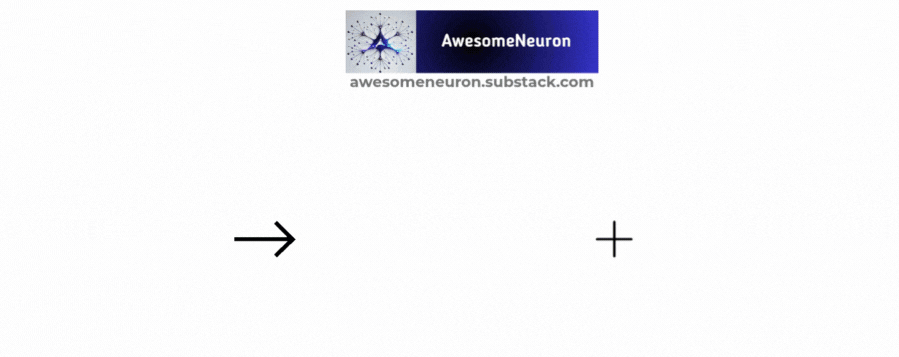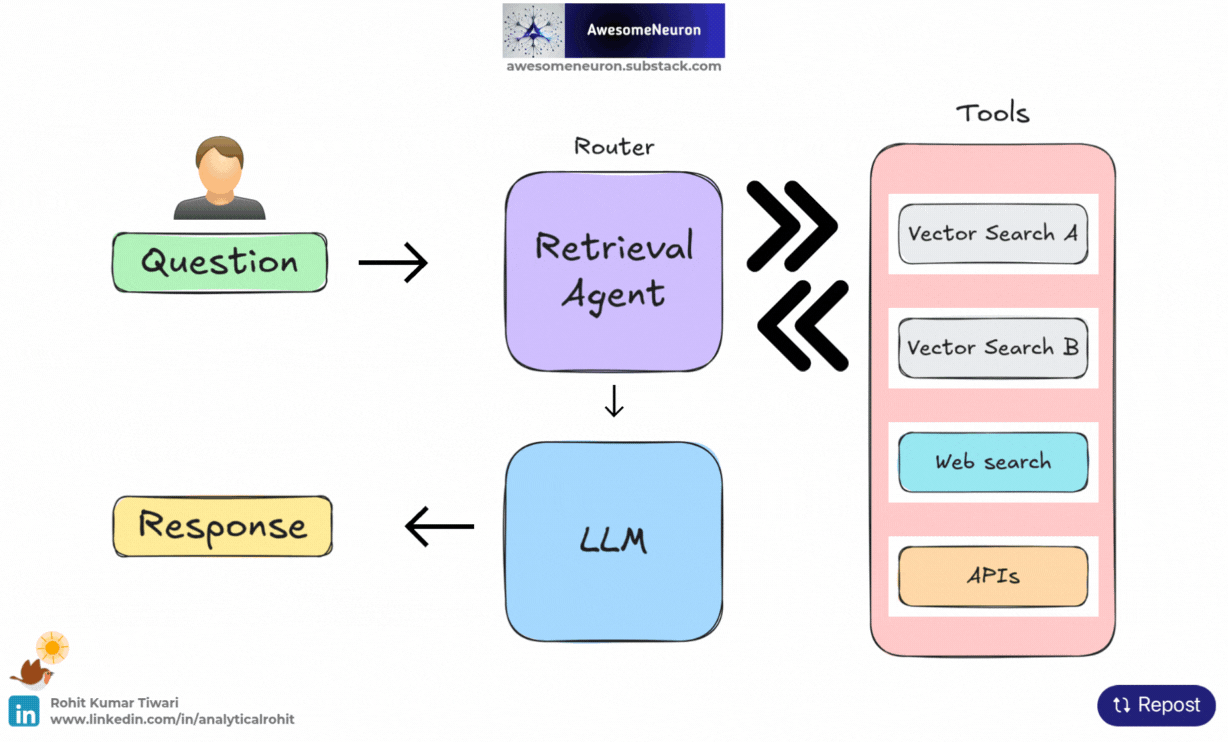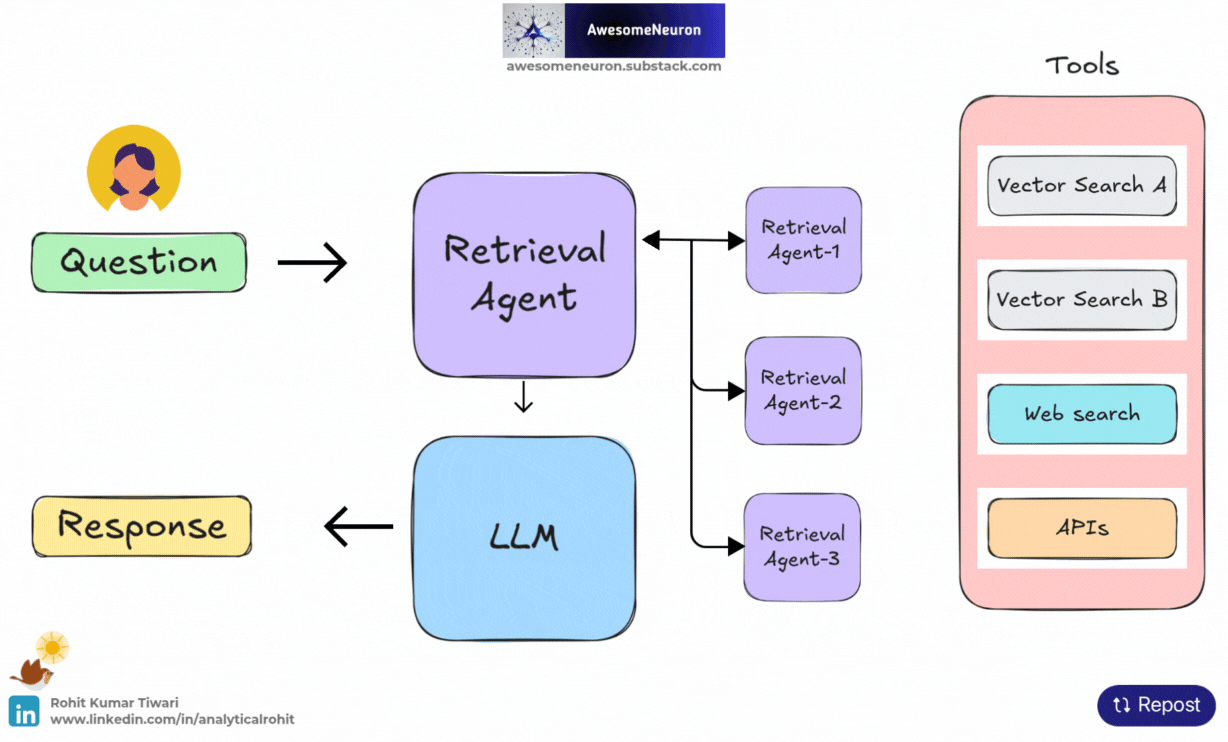In earlier posts, we looked at AI Agents and how Retrieval Augmented Generation (RAG) works. We covered different RAG architectures like Naive RAG, Advanced RAG, Graph RAG, and Hybrid RAG. We also briefly introduced Agentic RAG.
If you came here directly, I recommend reading these first:
Now, let’s look at Agentic RAG.
What is Agentic RAG?
Agentic RAG is an AI agent driven approach to RAG. It enhances the standard RAG pipeline by using agents to manage tasks, fetch information from multiple sources, and handle more complex workflows.
How does Agentic RAG work?
Agents can be added at different stages of the RAG pipeline, but Agentic RAG usually refers to using agents in the retrieval step.
In this step, agents bring reasoning and the ability to use tools. They can:
Plan: Create a retrieval plan based on the user question.
Adapt: Decide whether information needs to be retrieved.
Tool Use: Choose the right tool for retrieval.
Reflect: Evaluate the retrieved results and decide if re-retrieval is needed.
We refer to these agents as Retrieval Agents. These agents specialize in fetching and reasoning with external data.
Agentic RAG Architecture
Agentic RAG architectures can vary in complexity. At the simplest level, a single agent setup acts as a basic router. More advanced setups can involve multiple agents working together in a multi-agent architecture.
1. Single-Agent RAG
In this setup, a single agent acts like a router and handles everything, such as retrieval, routing, and integration. This makes the system easier to manage, especially when there are only a few tools or data sources.
2. Multi-Agent RAG
Multiple specialized agents are used in this setup. Here we have a master agent to coordinate retrieval tasks across several specialized agents. For Example:
First agent retrieves data from vector databases
Second agent retrieves information through web searches
Third agent retrieves information from APIs
Takeaway
Agentic RAG extends standard RAG by adding AI agents to the retrieval step. These agents can plan, decide, use tools, and reflect, making retrieval more flexible and intelligent. Depending on the setup, you can use a single agent for simple tasks or multiple agents for more complex workflows.
Liked this article? Make sure to 💜 click the like button.
Feedback or addition? Make sure to 💬 comment.
Know someone that would find this helpful? Make sure to 🔁 share this post.
Get in touch
You can find me on LinkedIn | YouTube | GitHub | X
Book an Appointment: Topmate
If you wish to make a request on particular topic you would like to read, you can send me an email to analyticalrohit.connect@gmail.com






https://awesomeneuron.substack.com/p/how-rag-enhances-llms-a-step-by-step
https://awesomeneuron.substack.com/p/a-visual-guide-to-ai-agents